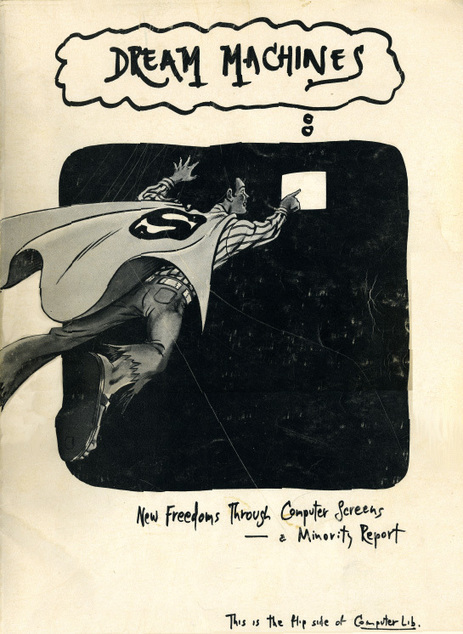...But it wasn’t until 1999 that Tim Berners-Lee, who had invented the World Wide Web and launched the first webpage on August 6, 1991, coined the concept of the Semantic Web — a seminal stride toward cultivating wisdom in the age of information, bringing full-circle Otlet’s vision for an intelligent global network of organizing human knowledge. Much like Johannes Gutenberg, who combined a number of existing technologies to invent his revolutionary press, Berners-Lee was simply bringing together disjointed technologies — electronic documents, hypertext, markup, the internet — to create a new paradigm that changed our world at least as much as Gutenberg’s invention. But how, exactly, did we get there?
The 98 landmark technologies and ideas that bridged Otlet’s vision with Berners-Lee’s world-changing web are what digital archeologist Jim Boultonchronicles in 100 Ideas that Changed the Web (public library) — the latest installment in a fantastic series of cultural histories by British indie powerhouseLaurence King, including 100 Ideas that Changed Graphic Design, 100 Ideas that Changed Film, 100 Ideas that Changed Architecture, 100 Ideas that Changed Photography, and 100 Ideas that Changed Art....



 Your new post is loading...
Your new post is loading...









Maria Popova profiles 100 ideas that changed the Internet from the mouse to the GIF, by way of the long tail and technology’s forgotten female pioneers..